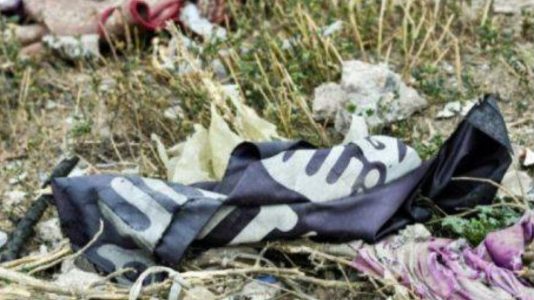
Islamic State terrorists reorganize in rural parts of Iraq
According to reports by the Pentagon and the UN, ISIS gangs are reorganizing in Syria and Iraq, particularly in rural Iraq.
Two reports were published recently that pointed out the continued threat of ISIS, with its 30,000 members. The reports say ISIS is returning.
Experts spoke to Belgium’s L’Echo newspaper and said the threat must be taken seriously.
ISIS gangs lost their last stronghold in March 2019 in the battle led by the SDF. Despite claims that the fight against ISIS is over, the most recent reports paint a different picture. A Belgian diplomatic source said, “This is not a surprise.”
ISIS gangs continue to remain active in the coastal area in Western Africa. Several groups there swear loyalty to ISIS as they terrorize the region.
Glenn A. Fine, Chief Inspector in the Inherent Resolve operation that aimed to fight ISIS in Iraq and Syria, said the report submitted to the US Congress on August 2 spoke of ISIS gangs carrying out suicide attacks, abductions and arson against farmlands. The same report said, “The Islamic State has formed reviving cells in Syria and expanded their command and control drawdowns.”
In this 18th report by the Pentagon since the Inherent Resolve operation started, ISIS gangs have 14 to 18 thousand members in Syria and Iraq. Fine also points to the difficulty of keeping this threat under control. The report said, “The Islamic State has reinstated itself in the remote rural areas in the Sunni heartland of Iraq where they first emerged.”
Jonathan Spyer, an ISIS expert researcher at the Jerusalem Institute of Strategy and Security (JISS), said he saw ISIS gangs reestablishing themselves in rural Iraq when he visited a few months ago. According to Spyer, a similar resurgence is happening in northern and southern Syria.
The UN report on July 15 pointed to similar developments. Spyer said the state-like form of ISIS has been destroyed, “but as a network and a structure, it hasn’t. And this structure is in resurgence.”
Mordehai Kedar, Arab culture expert in the Bar-Ilan University and former Israeli army intelligence member, said: “Jihadists continue to talk on social networks, on Twitter to regroup. They have their unique codes and language. The fighting grounds start in Syria and continue to the west. They have no boundaries, they think Allah created the world for them to rule. The idea of a state is a western vision.”
The UN specifically stressed the importance of foreign-born ISIS members. The report said, “Among those who travelled to the so-called Caliphate, 30,000 could still be alive,” and pointed out that some of these will turn into radicalizing agents in prisons.
Spyer said the fighters will create a threat for European countries: “Many fighters of the Islamic State have already entered Europe. Only a small percentage of them are under surveillance since they returned. The networks are there, so are their supporters. Europe may not have seen the last of its terrorist attacks.”
The French newspaper Le Figaro published an article from the front page on August 8 titled “Islamic State prepares for a rematch in northern Iraq”. Le Figaro reporter Samuel Forey’s impressions of his time with the peshmergas in the south of Mosul also point to ISIS reorganizing its presence.
Source: ANF English





